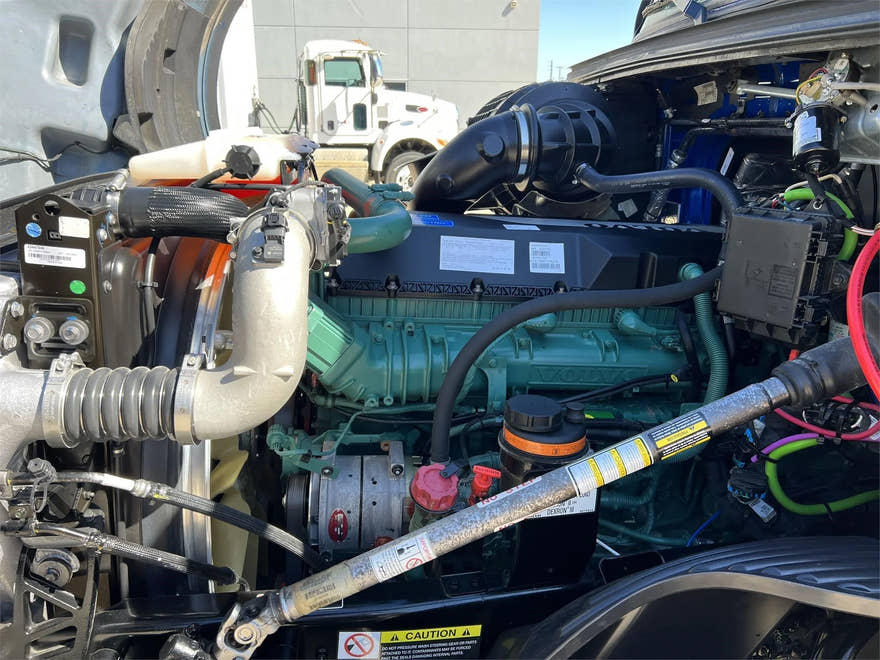What Causes My Semi-Truck's Transmission to Slip When Shifting
You’re cruising down the highway, hauling a full load, when suddenly—your truck hesitates. The RPMs jump, the power feels off, and your transmission isn’t shifting the way it should. You press the gas, but instead of a smooth transition, there’s a sluggish, delayed response. Sound familiar? A slipping transmission isn’t...
How To Replace The Volvo D13 Alternator of Your VNL
If your Volvo D13 engine isn’t working the way it should, you may want to take a look at the alternator. But since you’re here - you already know the alternator is the problem. Most people are not too excited to take cash out of their pocket and hand it...
How To Replace The Radiator of Your Truck
If your truck’s radiator doesn’t work as it used to (overheating issues, leaks, etc.), then it’s about time you give it the retirement it deserves. Since you’re here, you probably don’t want to pay a mechanic to do the replacement for you - and lucky you - this is the...


